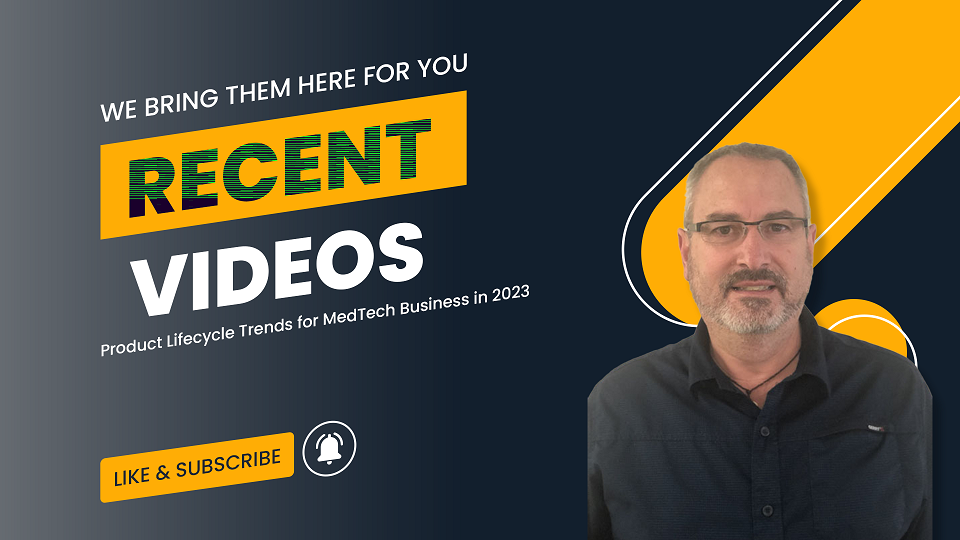
Early in my career a senior executive called me into his office to tell me that he never wanted to see another email from our Product Lifecycle Management (PLM) system. Ever.
There was an option to turn off notifications on a user by user basis. And that’s exactly what I did. I shut down all his email notifications.
Almost immediately I started getting complaints from his management staff that he was “out of the loop” and constantly bugging them for information that should be at his fingertips. While the exec didn’t seem to mind, the managers who were now tasked with new reporting responsibilities did.
Well, PLM systems have come a long way, and I’ve also learned a thing or two since then. If you’re an administrator who’s getting complaints about too many emails, there are ways to deal with that without turning off the entire spigot.
PLMs have a variety of options to provide high level visibility of activities and trends. The available tools vary based on your specific PLM system.
Widgets can display tables, lists, and graphs to provide detailed information. In most solutions, you can click on any object in the list, and it will take you directly to that record. This provides a great navigational choice instead of doing searches or returning to saved records. Widgets can also provide summary data (metrics) based on specific processes or records specific to a user’s needs.
Dashboards have similar capabilities to widgets. They are usually configured individually, displayed as tables or graphs, and multiple dashboards can be created. A set of widgets, deployed together, can also be considered a dashboard.
Most PLM solutions now have the capability of providing a unique homepage experience for each user. This allows them to have the information they want, when they want it, in the form of dashboards, widgets, and other options based on your company’s PLM.
Depending on your PLM solution, these homepages are either designed by the user or can be “pushed” to users by the administrator, or a combination of both. If there’s an option to push the homepage (or components of the homepage), the administrator usually has the option to push it to an individual user or to a group of users.
Pushing homepage elements to a group can have several advantages. For example, when pushing to groups organized by department or job function, it provides each member with the same information and user experience. If changes to the homepage are required, they’ll be rolled out to each member at the same time. As a bonus to the administrator, it provides easier management of the homepage elements.
With most PLMs, email is not an all or nothing situation. You can thin out notifications by job function based on a combination of well-honed criteria. This allows PLM users to see the necessary changes or quality incidents, not all those that are processed. Most attributes that exist on the change or quality record can be used to define when a user, job function, or user group must be notified.
I always recommend setting up notification groups, rather than using individual users within your workflow or notifications configuration. When users come or go, or change job functions, it’s easier to maintain group memberships rather than make configuration updates. Groups can be established per your business needs, and basing them on job functions is a practical way to go.
Not all users who have an interest in specific change or quality records need a notification every time the record changes status. Often, a user only cares about when it gets routed to them for approval, or when it gets released. Make sure that your workflow notifications are configured so that users receive their notifications when they need them, and only then. Additional notifications only clog their email, and it’s a basic step you can take to help keep their inbox from overflowing.
In the event that your PLM doesn’t have an out of the box method to configure the notification you want, it’s usually possible to have your PLM partner create a custom notification based on your unique requirements.
Implementing any of the above solutions will take some time as an administrator, but it’s well worth the effort. Your user base will be happier and more efficient. Critical information won’t get lost in a never-ending wave of emails. And hopefully, that might just save you a trip to the executive’s office.
Disclaimer: The views and opinions expressed do not necessarily reflect the views and opinions of Domain Systems. The author takes full responsibility for the views expressed here.

We are a premier PLM (Product Lifecycle Management) solution provider. With decades of industry experience, we offer a spectrum of services, from consulting to system implementations and support. Our dedicated team collaborates with clients to understand their corporate goals, identify challenges, and devise strategic solutions to ensure success in the evolving digital landscape.

Take the guesswork out of PLM transformation.
Click edit button to change this text. Lorem ipsum dolor sit amet, consectetur adipiscing elit
Let’s advance your PLM capabilities. Contact us today.
Copyright © 2023 Domain Systems, Inc.
All rights reserved